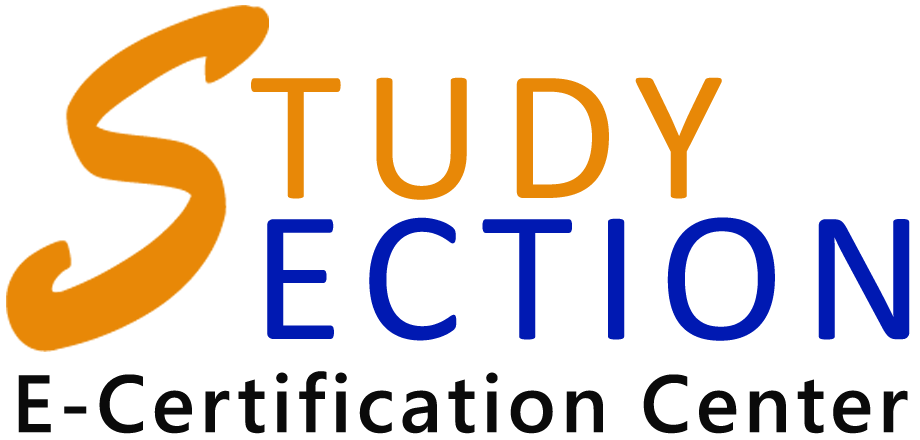In Agile development, delivering high-quality software at speed is a priority. However, QA (Quality Assurance) bottlenecks often emerge as a critical challenge. These bottlenecks can slow down the process, reduce team efficiency, and jeopardise the goal of releasing software incrementally.
Understanding QA Bottlenecks in Agile Development
QA bottlenecks occur when the testing process becomes a hurdle in the software development lifecycle. Common causes include:
- Last-Minute Testing: QA is treated as a separate phase, leading to rushed testing at the end of a sprint.
- Limited Automation: Manual testing takes too much time, delaying feedback loops.
- Inconsistent Communication: Misalignment between developers, testers, and product owners.
- Insufficient Resources: Inadequate tools, environments, or team capacity.
In Agile, where iterative and incremental progress is essential, these bottlenecks can derail timelines and reduce the effectiveness of sprints.
Strategies to Reduce QA Bottlenecks
1. Shift Left Testing
What It Means: Testing is integrated earlier in the development lifecycle to catch defects before they escalate.
How to Implement:
- Engage QA engineers in requirement discussions during sprint planning.
- Conduct static testing of requirements and designs before development begins.
- Use tools like SonarQube to analyse code quality during development.
Example: A leading e-commerce platform implemented shift-left testing by involving QA in story grooming sessions. This helped them identify unclear requirements early, reducing rework later.
2. Embrace Test Automation
What It Means: Automating repetitive and time-consuming tests to improve speed and consistency.
How to Implement:
- Prioritise automating regression tests and critical workflows.
- Use frameworks like Selenium, Cypress, or TestNG for UI and API testing.
3. Foster Cross-Functional Collaboration
What It Means: Encourage seamless collaboration between developers, testers, and other stakeholders.
How to Implement:
- Adopt practices like pair programming or buddy testing, where developers and QA work together.
- Use tools like Jira or Trello to maintain transparency in task progress.
- Conduct regular retrospectives to identify and resolve communication gaps.
Example: A startup adopted pair programming for critical features. Developers and testers collaborated in real time, reducing defect rates by 30%.
4. Implement Behavior-Driven Development (BDD)
What It Means: BDD aligns development and testing with business goals using a common language.
How to Implement:
- Use tools like Cucumber or SpecFlow to create testable user stories.
- Write test scenarios using Gherkin syntax to promote clarity.
- Ensure all team members, including QA, contribute to scenario creation.
Example: A healthcare software company adopted BDD to align QA and development teams. By defining scenarios collaboratively, they reduced misunderstandings and delivered features faster.
5. Optimize Test Environments
What It Means: Ensure test environments are reliable and resemble production.
How to Implement:
- Use infrastructure-as-code tools like Terraform to create consistent environments.
- Automate environment provisioning to reduce setup time.
- Regularly update environments with production-like data.
Example: A SaaS provider faced delays due to unstable test environments. By automating the environment setup, they eliminated setup delays and reduced defects related to environment inconsistencies.
6. Monitor and Optimize Metrics
What It Means: Use data to identify inefficiencies and guide improvements.
How to Implement:
- Track key metrics like defect escape rate, test execution time, and test automation coverage.
- Use tools like Tableau to visualize performance trends.
- Set actionable goals based on metric insights, such as reducing execution time for regression tests.
Example: An enterprise application team used metrics to identify that UI tests were consuming excessive time. They optimized test scripts and reduced test execution time by 42%.
7. Prioritize Risk-Based Testing
What It Means: Focus testing efforts on high-risk areas to maximize impact.
How to Implement:
- Identify critical modules or workflows using risk analysis.
- Allocate resources to test areas with the highest impact on user experience or business outcomes.
- Deprioritize testing for low-risk areas during tight timelines.
Example: An online banking application focused its QA efforts on payment and login workflows. This risk-based approach ensured core functionality was stable while reducing overall testing time.
8. Encourage Continuous Learning
What It Means: Build a culture of learning to improve skills and stay updated with best practices.
How to Implement:
- Provide training sessions on new testing tools and methodologies.
- Encourage team members to participate in QA webinars, conferences, or certifications.
- Conduct knowledge-sharing sessions within the team.
Example: A tech company introduced monthly training sessions on automation best practices. This upskilled their QA team and improved the quality of automated tests.
Benefits of Reducing QA Bottlenecks
Implementing these strategies leads to:
- Faster Delivery: Reduced delays in sprints and quicker release cycles.
- Higher Quality: Early defect detection and better test coverage.
- Improved Collaboration: Stronger alignment between development and QA teams.
- Better User Experience: Stable and reliable software for end-users.
Conclusion
QA bottlenecks in Agile development are a common challenge, but they can be addressed with the right approach. By shifting testing left, embracing automation, fostering collaboration, and optimizing processes, teams can reduce inefficiencies and ensure faster, high-quality deliveries. Agile is about adaptability and continuous improvement, and the same principles apply to QA processes. With a proactive mindset and a focus on collaboration,a team can overcome bottlenecks and achieve seamless Agile development.




